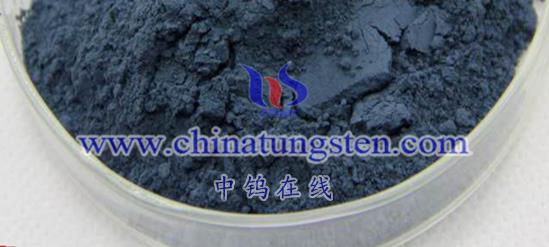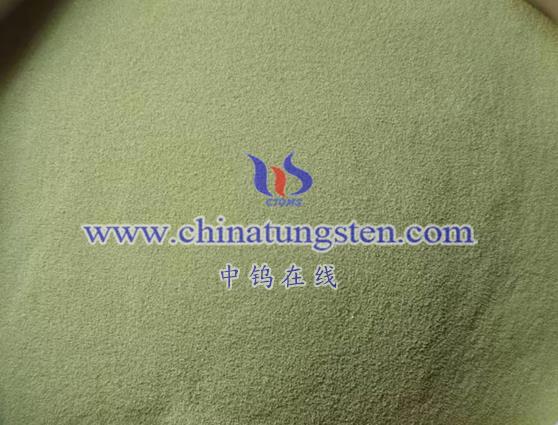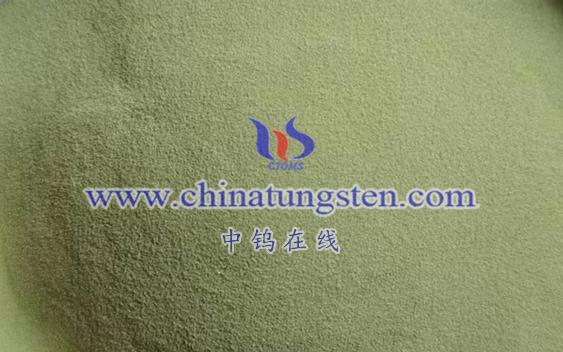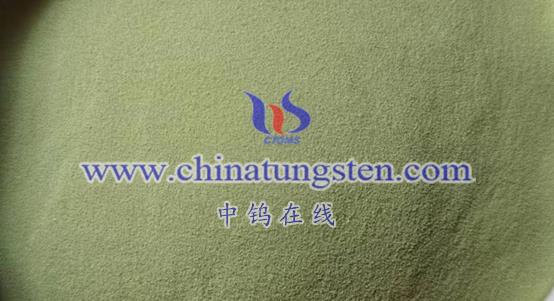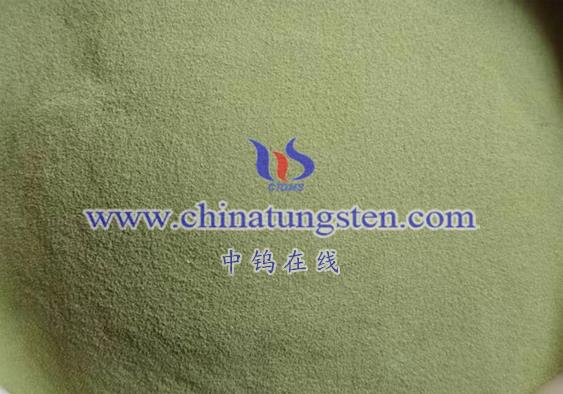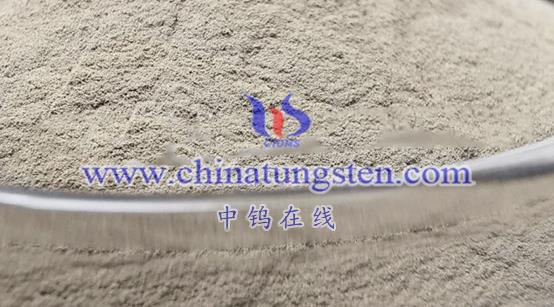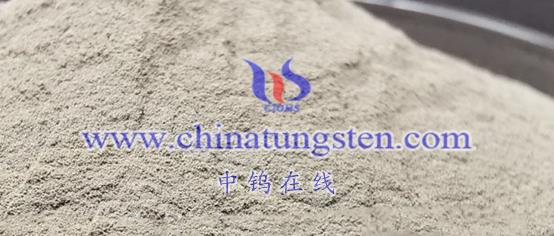
The gas-sensing properties of tungsten oxide nanomaterials (WO3) are characterized by their sensitive response to gas molecules, making them a crucial material in gas sensors. Below is a detailed analysis of these properties:
- High Surface Area and Gas Adsorption Capacity
Due to its nanoscale structure, tungsten oxide nanomaterials possess a high specific surface area. This large surface area allows WO3 to adsorb more gas molecules, thereby enhancing its sensitivity to gases. Additionally, the active sites on the surface of WO3 increase interactions with gas molecules, further improving its gas-sensing performance.
- Excellent Gas Sensitivity
Tungsten oxide nanomaterials exhibit excellent sensitivity to various gases, including oxidizing gases (e.g., O2, NO2, NO) and reducing gases. When these gas molecules are adsorbed onto the surface of WO3, they cause changes in its electrical properties, such as resistance or conductivity, allowing for gas detection. WO3, being an n-type semiconductor, is particularly effective at sensing oxidizing gases by altering carrier concentration, thus influencing resistance.
- Fast Response and Recovery
WO3-based gas sensors typically have rapid response and recovery times. When the concentration of the target gas changes, tungsten oxide can quickly detect this and output a corresponding electrical signal, enabling fast detection. Similarly, when the gas concentration decreases or disappears, WO3 quickly returns to its initial state, ready for the next detection.
- Selectivity and Sensitivity
The selectivity of WO3 for specific gases can be achieved by controlling its morphology, structure, and composition. This selectivity ensures accurate identification of target gases in complex gas environments. Moreover, WO3 demonstrates high sensitivity to target gases, even at very low concentrations, resulting in noticeable responses.
- Stability and Durability
Tungsten oxide gas sensors are known for their stability and durability. They maintain consistent performance over extended periods and are less affected by external environmental factors. Additionally, with appropriate treatment, WO3 gas sensors offer long service life and low maintenance costs.
- Modifiability and Multifunctionality
WO3 can be modified through doping or compositing to improve its gas-sensing performance. For example, doping WO3 with molybdenum (Mo) significantly enhances its sensitivity and detection capabilities.
WO3 can also be combined with other materials to form composite sensors for multifunctional gas detection, expanding its application range.
Summary
WO3’s gas-sensing characteristics include high surface area and adsorption capacity, excellent gas sensitivity, fast response and recovery, selectivity and sensitivity, stability and durability, as well as modifiability and multifunctionality. These properties make tungsten oxide nanomaterials highly valuable for gas sensor applications and offer broad prospects for research and industrial use.
More details of tungsten oxide product, please visit website: tungsten-oxide.com
Please contact CHINATUNGSTEN for inquiry and order of tungsten oxide:
Email: sales@chinatungsten.com
Tel.: 86 592 5129595
